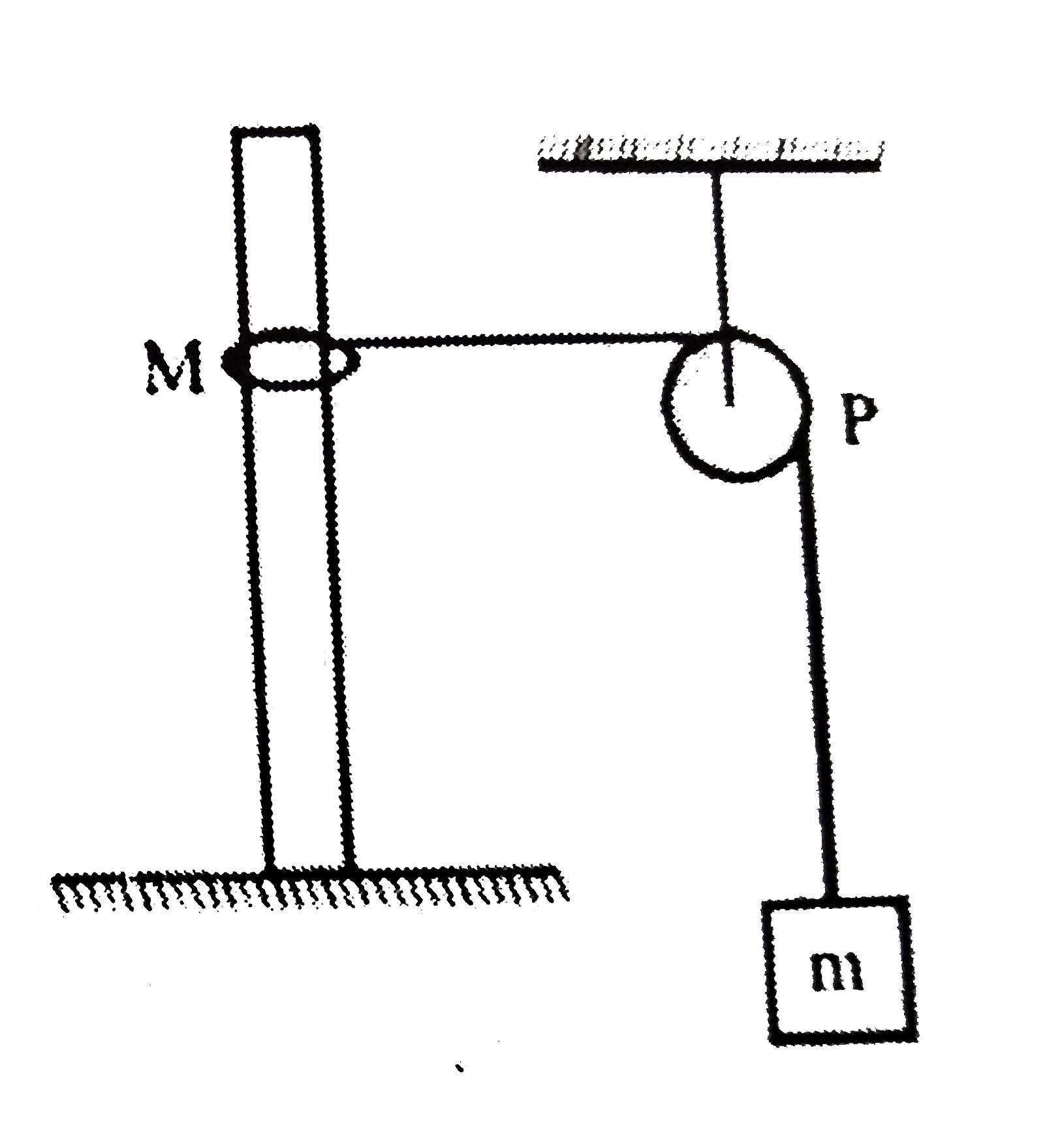Is it unreasonable to expect a coefficient of friction to exceed unity ?
To determine whether it is unreasonable to expect a coefficient of friction to exceed unity, we can analyze the concept of the coefficient of friction step by step.
Step 1: Understand the Definition of Coefficient of Friction
The coefficient of friction (μ) is defined as the ratio of the frictional force (F_friction) to the normal force (F_normal) acting between two surfaces in contact. Mathematically, this can be expressed as:
μ=FfrictionFnormal
Step 2: Analyze the Range of Coefficient of Friction
Typically, for most common materials, the coefficient of friction (μ) ranges between 0 and 1. This means that the frictional force is usually less than or equal to the normal force. However, this is not a strict rule for all materials.
Step 3: Identify Special Cases
Certain materials can exhibit a coefficient of friction greater than 1. For example, silicone rubber is known to have a coefficient of friction that exceeds unity. This indicates that the frictional force can be greater than the normal force in such cases.
Step 4: Conclusion
Based on the analysis, it is not unreasonable to expect a coefficient of friction to exceed unity. While it is common for many materials to have a coefficient of friction between 0 and 1, there are special materials that can have a coefficient greater than 1, indicating that the frictional force can indeed surpass the normal force.
Final Answer
No, it is not unreasonable to expect a coefficient of friction to exceed unity, as some materials, like silicone rubber, can have a coefficient of friction greater than 1.
---
The coefficient of friction (μ) is defined as the ratio of the frictional force (F_friction) to the normal force (F_normal) acting between two surfaces in contact. Mathematically, this can be expressed as:
μ=FfrictionFnormal
Typically, for most common materials, the coefficient of friction (μ) ranges between 0 and 1. This means that the frictional force is usually less than or equal to the normal force. However, this is not a strict rule for all materials.
Certain materials can exhibit a coefficient of friction greater than 1. For example, silicone rubber is known to have a coefficient of friction that exceeds unity. This indicates that the frictional force can be greater than the normal force in such cases.
Based on the analysis, it is not unreasonable to expect a coefficient of friction to exceed unity. While it is common for many materials to have a coefficient of friction between 0 and 1, there are special materials that can have a coefficient greater than 1, indicating that the frictional force can indeed surpass the normal force.
No, it is not unreasonable to expect a coefficient of friction to exceed unity, as some materials, like silicone rubber, can have a coefficient of friction greater than 1.
Topper's Solved these Questions
- FRICTIONBook:ICSEChapter:FRICTIONExercise:Long answer questions
Explore 2 Videos
- FRICTIONBook:ICSEChapter:FRICTIONExercise:Short answer question
Explore 30 Videos
- FRICTIONBook:ICSEChapter:FRICTIONExercise:Additional solved examples
Explore 9 Videos
- DYNAMICSBook:ICSEChapter:DYNAMICSExercise:SHORT ANSWER QUESTIONS WITH ANSWERS
Explore 12 Videos
- GRAVITATIONBook:ICSEChapter:GRAVITATIONExercise:FROM THE HUBBLE TELESCOP
Explore 2 Videos
Similar Questions
The coefficient of static friction may be
View SolutionWhat is the relation between coefficient of friction and angle of repose ?
View SolutionName one factor on which the coefficient of friction depends.
View SolutionWhen normal reaction is halved the coefficient of friction is
View SolutionA block of mass m is stationary on a rough inclined plane making an angle θ with the horizontal. Find the contact force between block and the plane
View SolutionWhen the weigth of a body placed on a surface is doubled, how does the coefficient of friction channge ?
View SolutionCalculate angle of friction between wedge and block system is at rest M coefficient of friction between wedge and block.

View SolutionIn the figure shown a ring of mass M and a block of mass m are in equilibrium. The string is light and pulley P does not offer any friction and coefficient of friction between pole and M is μ. The frictional force offered by the pole to M is

View SolutionA man is running on the ground .It is known that the coefficient of friction between the man and the ground is μ . Then which of the following statements is correct
View SolutionIf the coefficient of friction is √3, the angle of friction is
View Solution

